Demand Controlled Ventilation System
Demand controlled ventilation system. VAV systems can also adjust airflow but they only qualify as DCV if airflow is controlled based on occupancy or air pollution. Ventilation on demand is the conceptual name of any optimisation in mine ventilation systems that targets the intelligent and controlled supply of individual mine sites with the required quantities of air in the time they are needed. Periods of Is DCKV right for you.
Demand controlled ventilation DCV is defined as a system that achieves automatic reduction of outdoor air intake below design rates when the actual occupancy of spaces served by the system is less than design occupancy ASHRAE 2019 ASHRAE Standard 901 mandates the DCV system for densely occupied spaces. Demand controlled ventilation DCV is often discussed in building designs and energy efficiency projects. What is a DCV system.
In other words only ever supplying and conditioning heating cooling humidifying dehumidifying precisely the amount of air. Do you know all the benefits that a demand controlled ventilation system can provide to your installation. Sensing can be used to estimate the strength of occupant-related contaminant sources.
A DCV system consist of sensors controllers and ventilation fans. Demand-controlled ventilation DCV regulates the ventilation airflow rate using signals from air-pollutant sensors or occupancy sensors. In this video we explain you the operation of DCV.
Demand control ventilation is a ventilation method that ensures quality indoor and can save energy and reduce costs. Demand-Controlled Ventilation DCV is a ventilation control strategy that provides automatic reduction of outdoor air intake below design rates when the actual occupancy of spaces served by the system is less than design. What is Demand Control Ventilation.
While indoor pollution a result of emissions from the human metabolism indoor activities and building materials and furniture is a complex of many types of pollutants humidity plays a remarkable and specific role in the residential context. Demand-controlled ventilation DCV should not be confused with variable air volume VAV ventilation. Updated on 14 August 2019.
DCV adjusts the amount of outside air based on the number of occupants. CO2 sensors communicate with a control panel to regulate ventilation airflow.
The difference between C and C is the demand-controlled extraction using modulating extraction louvres.
Demand Control Ventilation or DCV is a technological innovation that provides an effective efficient means of using variable speed ventilation solutions to meet variable occupancy levels in spaces requiring ventilation. DCV provides two advantages compared to time-scheduled ventilation. Demand-controlled ventilation DCV should not be confused with variable air volume VAV ventilation. Demand control ventilation is a ventilation method that ensures quality indoor and can save energy and reduce costs. The demand controlled ventilation is a powerful instrument to influence many aspects of room climate quality like temperature pressure humidity CO 2 or particles content and others. Demand-controlled ventilation DCV describes a control philosophy that responds to the actual demand need for ventilation by regulating the rate at which the HVAC system brings outdoor air into the building. With intelligent airflow management included demand controlled ventilation energy savings are made on every occasion that the need for ventilation is low or null which can represent more than half the time. The central extraction unit of the C demand-controlled ventilation system automatically adapts the ventilation flow of any connected room to the indoor air quality measured. DCV adjusts the amount of outside air based on the number of occupants.
Conserving Energy with Demand Controlled Kitchen Ventilation Demand-controlled kitchen ventilation DCKV saves energy by adjusting the quantity of kitchen hood exhaust and incoming outdoor air to reflect the amount of cooking taking place under the hood. The demand controlled ventilation is a powerful instrument to influence many aspects of room climate quality like temperature pressure humidity CO 2 or particles content and others. The concept of demand controlled ventilation rests on the principle of providing occupants with the right amount of fresh air when they need it where this is useful. VAV systems can also adjust airflow but they only qualify as DCV if airflow is controlled based on occupancy or air pollution. Ventilation on demand is the conceptual name of any optimisation in mine ventilation systems that targets the intelligent and controlled supply of individual mine sites with the required quantities of air in the time they are needed. Demand-controlled ventilation DCV regulates the ventilation airflow rate using signals from air-pollutant sensors or occupancy sensors. Demand-controlled ventilationmeans constantly adjusting the quantity of air supplied according to the effective requirements.

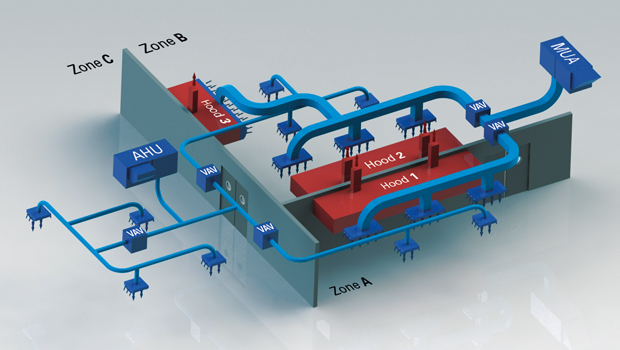

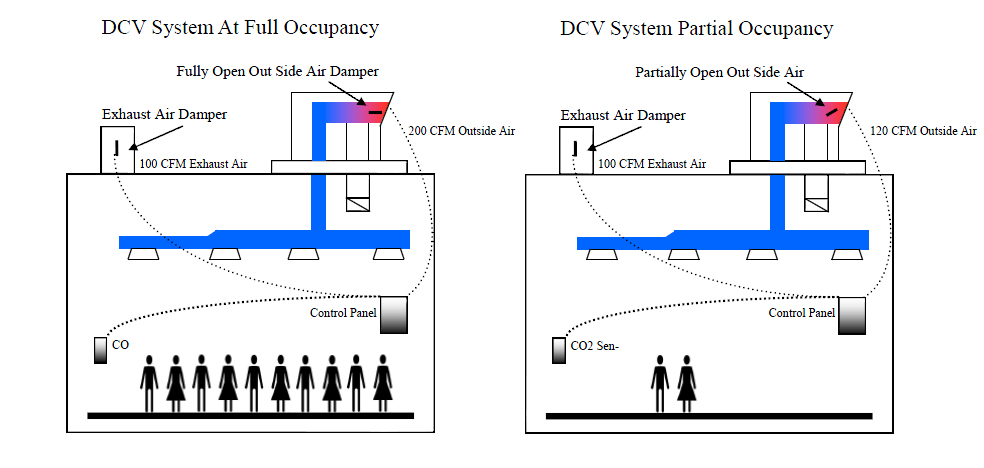


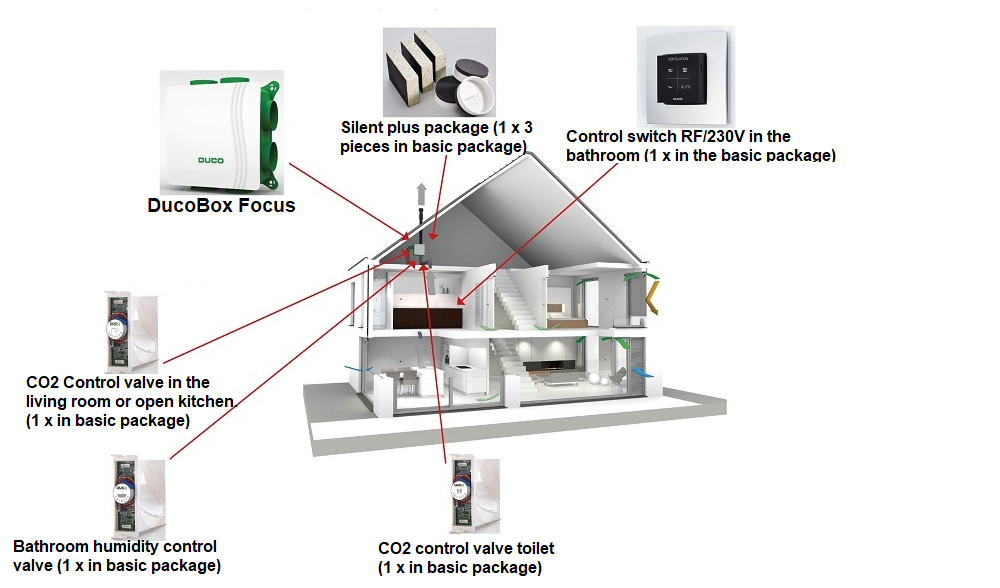


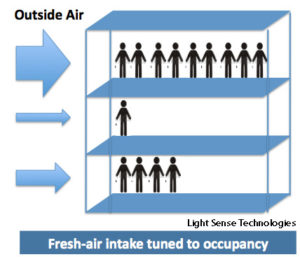




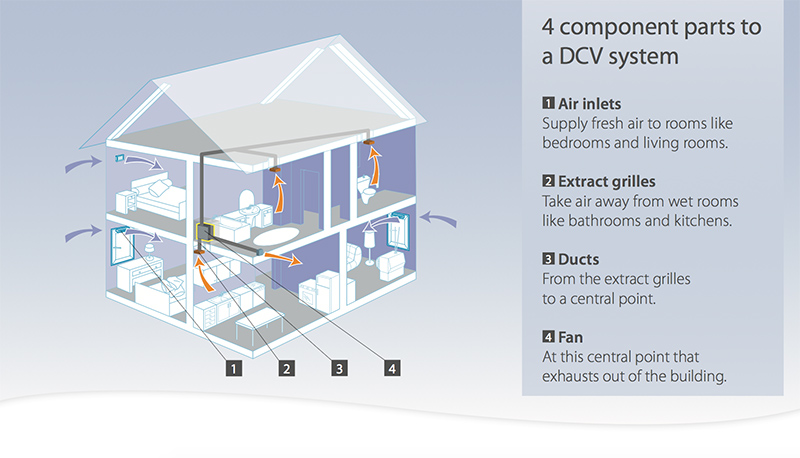

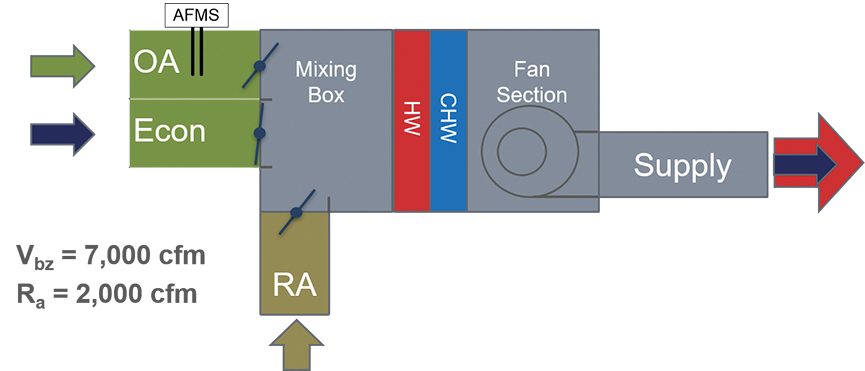

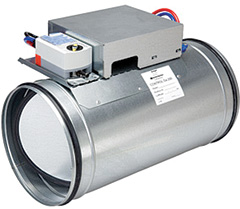
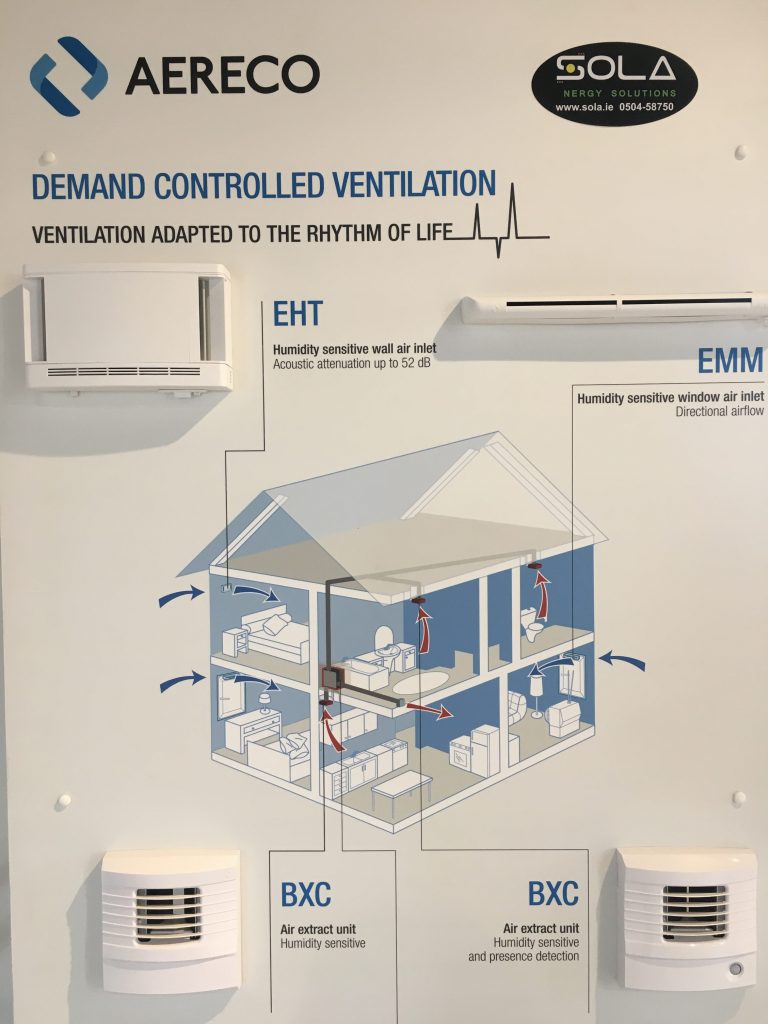






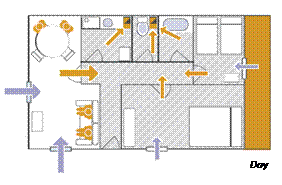
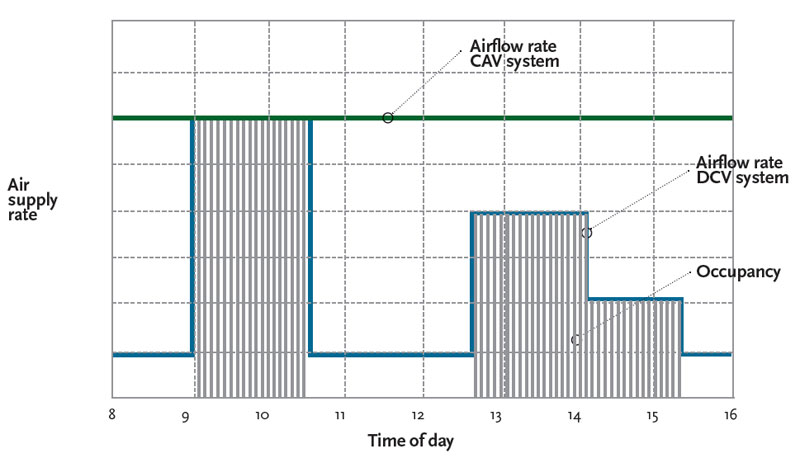
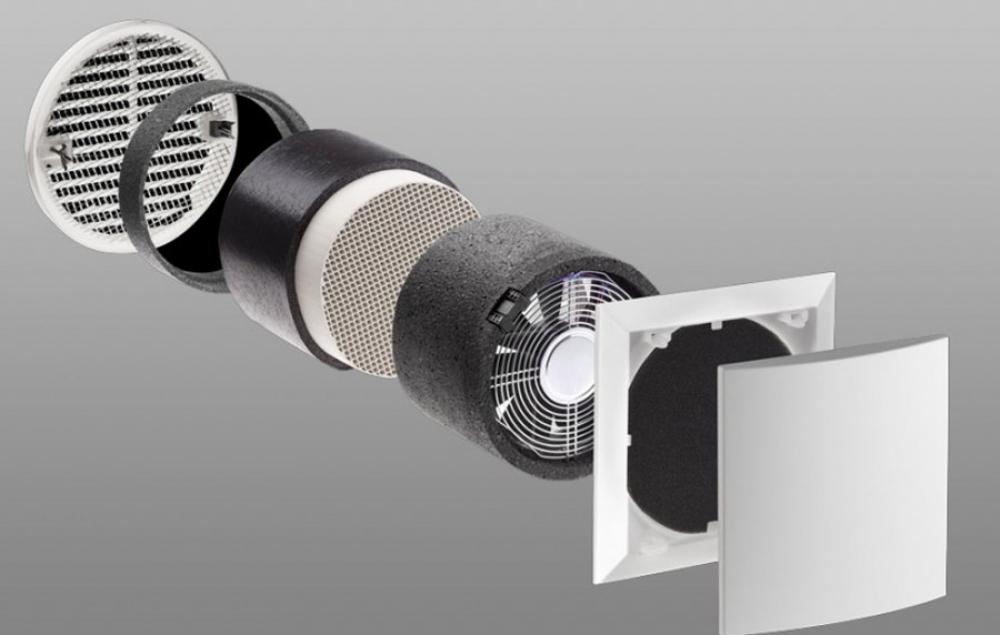

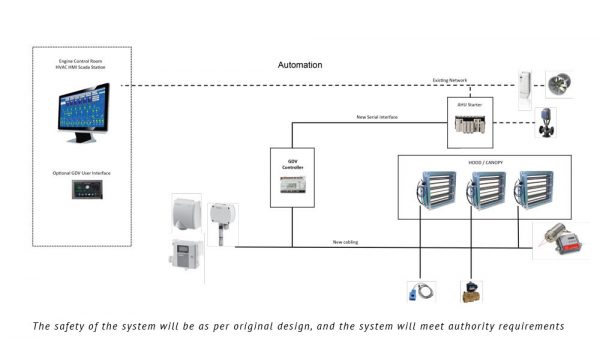


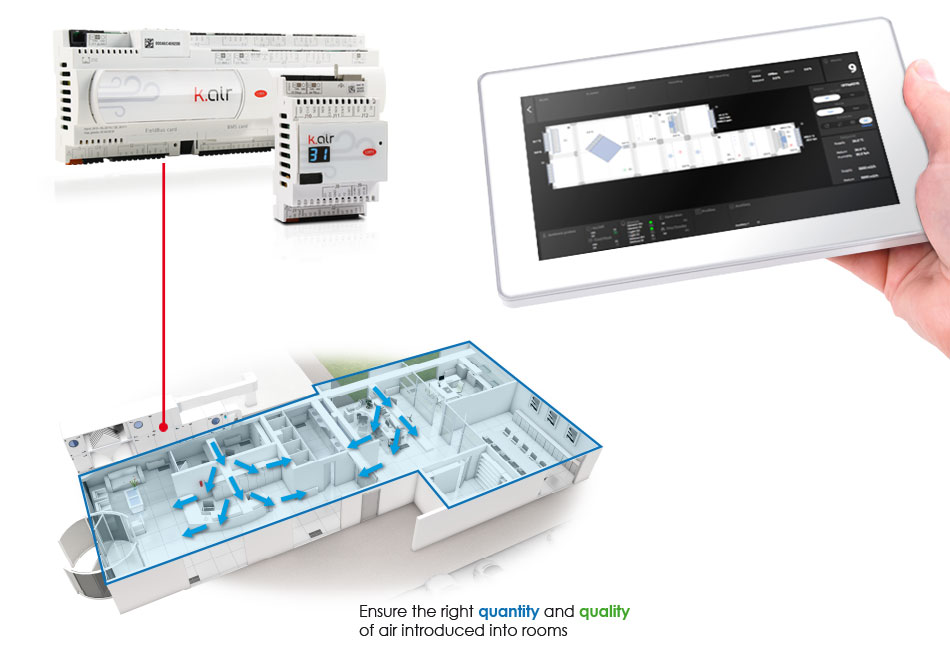
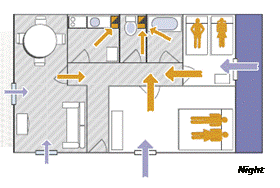

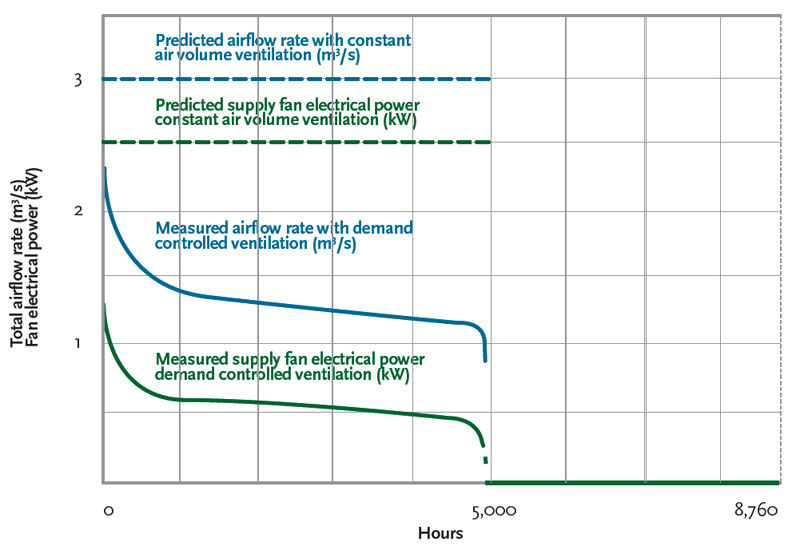



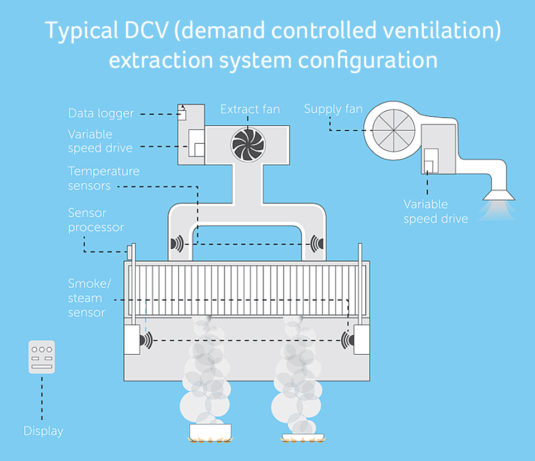
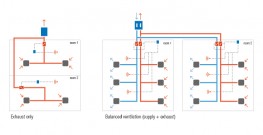
Post a Comment for "Demand Controlled Ventilation System"